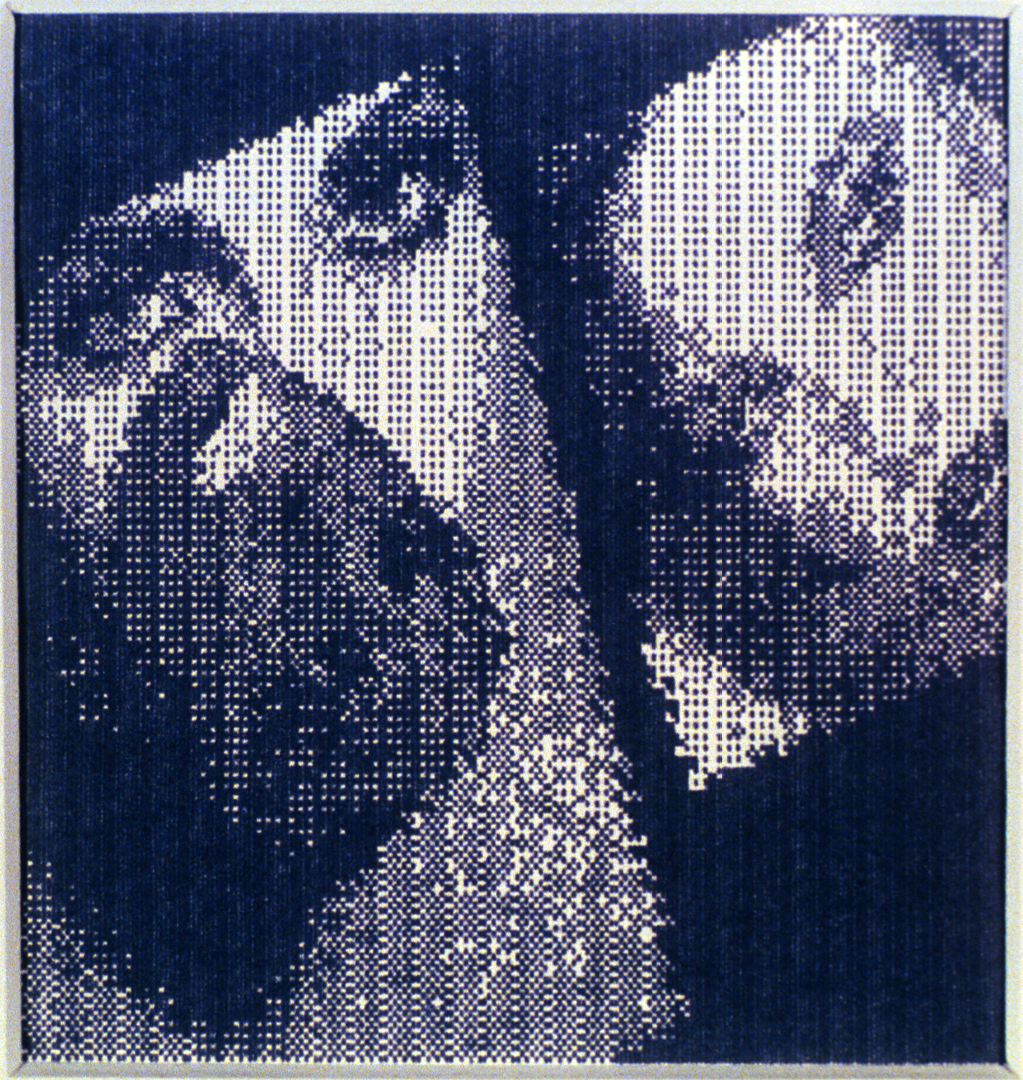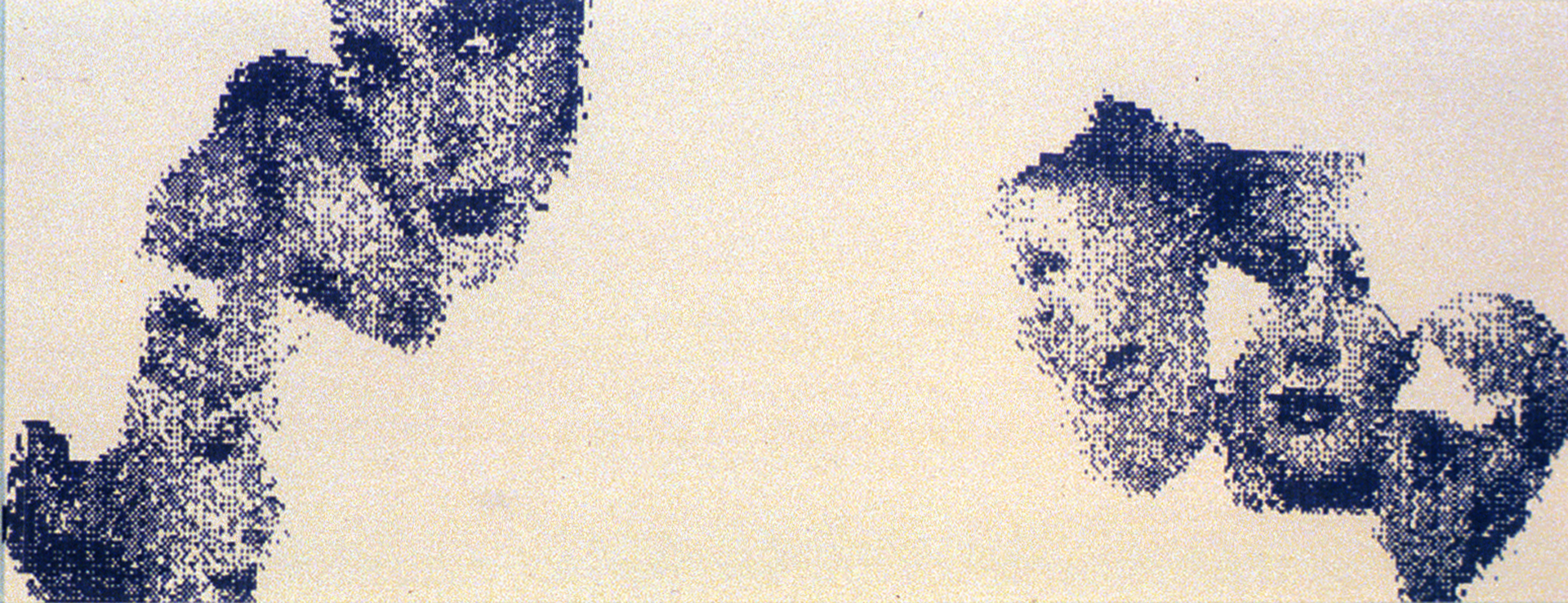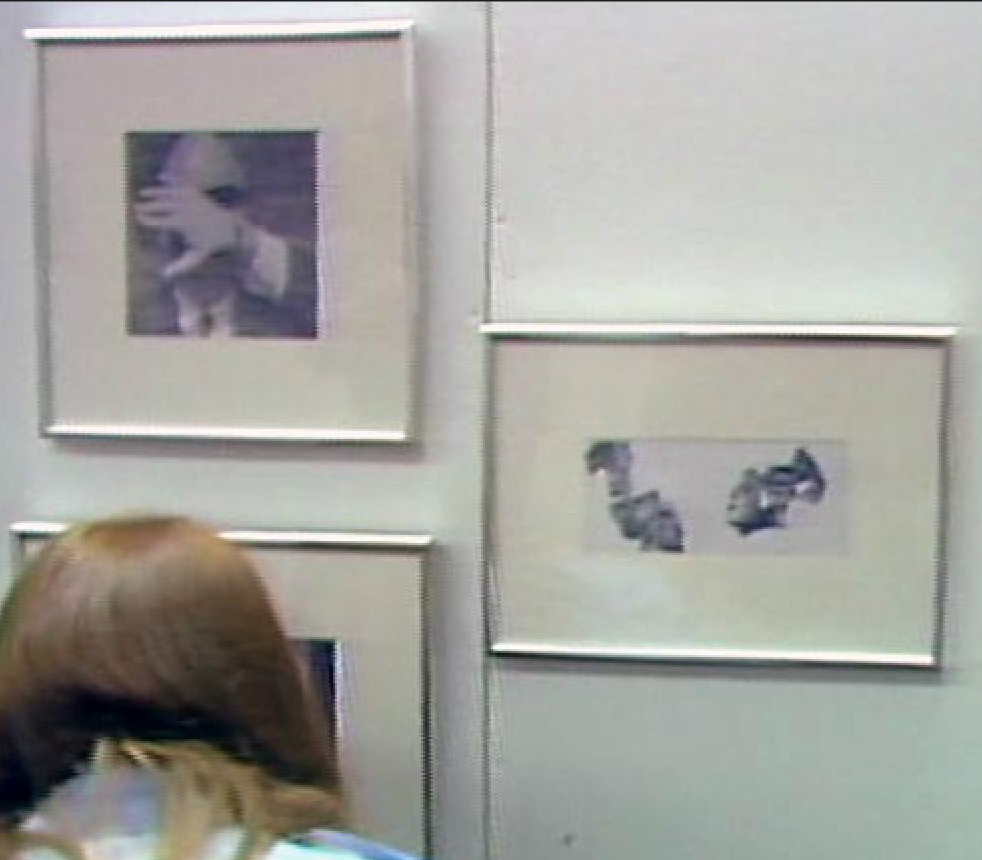Thomas Porett: Softland
Artist(s):
Title:
- Softland
Exhibition:
- SIGGRAPH 1982: Art Show
-
More artworks from SIGGRAPH 1982:


Creation Year:
- 1981
Medium:
- Dot matrix prints (3)
Size:
- 9 3/8 x 13 5/8, 12 1/2 x 13 1/2, 12 1/2 x 12 1/2 in.
Category:
Artist Statement:
For the past several years I have been involved in working with digital imaging devices, and electronic music synthesis. My work has concentrated in the area of electronic translation of photographic imagery utilizing a variety of digital techniques. These have included video input, as well as the use of a graphics tablet for manual digitizing.
The benefit of using a microcomputer for an installation or performance project is its ability to draw programmed images, display disk stored images, and operate music systems or tapes with a high degree of reliability. Furthermore, it has the capability to accomplish three-dimensional animation, as well as offering a wide variety of unique image modifications. Color and tonal values can be changed, abstracted, and even used to generate new visual objects.
The computer has the ability to change its role according to the intent of the artist, making it amongst the most plastic of media. I have produced images using a wide variety of digital techniques that have been incorporated into computer performance pieces. The images are stored on diskettes as digital data, and retrieved for display on a color monitor by a performance program. In some measure the computer becomes an active participant by engaging random function processes to influence the pre-specified parameters of the performance such as time delay, and spatial positioning. Throughout the creation of these pieces I have sought to give coherence and structure to the work.
I have also used the computer to create works on paper, with a dot matrix printer. This approach has proven to be extremely productive, as it allows extensive control during each phase of image construction. One may begin with camera input and/or hand drawing, and proceed to color, add, delete and modify every aspect of the picture. This control extends to the printing stage when, under program control, one can choose placement, size, and even what part of the image to print.
The experience and knowledge I have gained in using the computer has stimulated my interest in further development of the potentials inherent in this media. It is my intention to extend the basic form of the computer controlled electronic image and sound performance, into an installation piece that can operate continuously in a gallery or museum environment.
Technical Information:
Hardware: Apple II+, Epson MX-80
All Works by the Artist(s) in This Archive:
- Thomas Porett
-
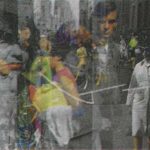
TimeWarp-Philadelphia
[SIGGRAPH 2000] -

Intersections #1
[SIGGRAPH 1999] -
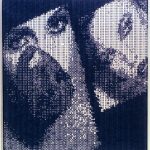
Softland
[SIGGRAPH 1982] -
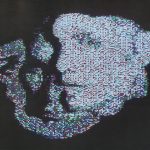
Faces
[SIGGRAPH 1983] -
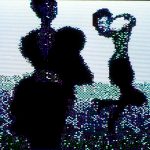
Untitled
[SIGGRAPH 1983] -
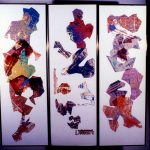
News Mosaic
[SIGGRAPH 1987] -
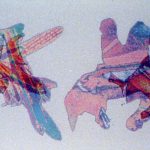
Totem #5
[SIGGRAPH 1985] -
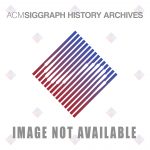
Victims
[SIGGRAPH 1986] -
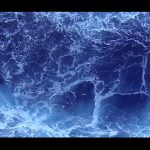
On China Sea
[DAC Online Exhibition 2015] -
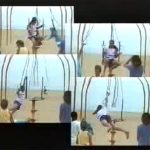
Mystery Street
[SIGGRAPH 1991]

